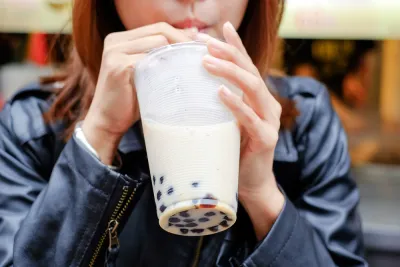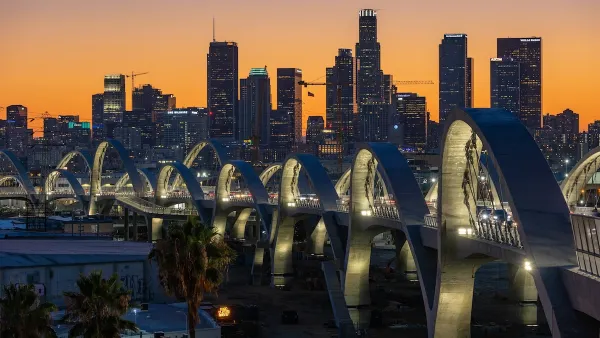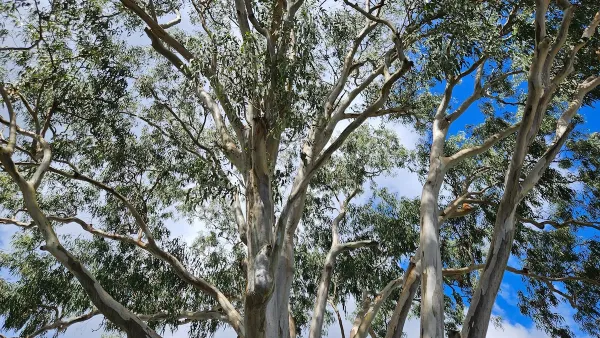The Chinese American Museum in L.A. currently features an exhibit exploring the drink’s journey from the cassava root in South America, to the tapioca balls in the Taiwanese confection, and back to the U.S. as a symbol of Asian American identity.

Boba tea or bubble tea is a tea-based drink that originated in Taiwan in the early 1980s. Taiwanese immigrants brought it to the U.S. in the 1990s, initially in California through regions like Los Angeles County, but the drink has also spread to other countries where there is a large East Asian population. Bubble tea most commonly consists of tea accompanied by chewy tapioca balls ("boba" or "pearls"), but it can be made with other toppings as well, such as grass jelly, aloe vera, red bean, or popping boba.
In this article, Janaya Williams writes about a new exhibit at the Chinese American Museum in Los Angeles called “the boba show: history, diaspora, & a third space” which explores the drink’s journey from the cassava root native to South America, to the tapioca balls in the Taiwanese confection, and back across the ocean to the U.S., where has also become a symbol of identity and culture for Asian Americans. Cal State University, Los Angeles Assistant Professor of Asian American Studies Juily Phun is the exhibit’s co-curator. She shares that boba helped young Asian Americans like her find a community in Southern California areas like the San Gabriel Valley.
Symbolically housed in the oldest and last surviving structure of Los Angeles’ original Chinatown, the Chinese American Museum embodies a cultural and physical link to the past, as well as a promising point of entry for the city’s multicultural future. Opened in December 2003 after 20 years of dedicated community and civic leadership and support, CAM’s presence at El Pueblo de Los Angeles Historical Monument—a 44-acre public park honored as Los Angeles’ “birthplace” and the site of its original Chinatown—reflects the vibrant development of an immigrant history that began over 150 years ago when the first major Chinese settlement was documented in Los Angeles.
FULL STORY: Communi-tea: Boba is more than a drink at SoCal art show

National Parks Layoffs Will Cause Communities to Lose Billions
Thousands of essential park workers were laid off this week, just before the busy spring break season.

Retro-silient?: America’s First “Eco-burb,” The Woodlands Turns 50
A master-planned community north of Houston offers lessons on green infrastructure and resilient design, but falls short of its founder’s lofty affordability and walkability goals.

Delivering for America Plan Will Downgrade Mail Service in at Least 49.5 Percent of Zip Codes
Republican and Democrat lawmakers criticize the plan for its disproportionate negative impact on rural communities.

Test News Post 1
This is a summary

Test News Headline 46
Test for the image on the front page.

Balancing Bombs and Butterflies: How the National Guard Protects a Rare Species
The National Guard at Fort Indiantown Gap uses GIS technology and land management strategies to balance military training with conservation efforts, ensuring the survival of the rare eastern regal fritillary butterfly.
Urban Design for Planners 1: Software Tools
This six-course series explores essential urban design concepts using open source software and equips planners with the tools they need to participate fully in the urban design process.
Planning for Universal Design
Learn the tools for implementing Universal Design in planning regulations.
EMC Planning Group, Inc.
Planetizen
Planetizen
Mpact (formerly Rail~Volution)
Great Falls Development Authority, Inc.
HUDs Office of Policy Development and Research
NYU Wagner Graduate School of Public Service





























